I heard that a recent study found mindfulness may cause anxiety for some people. I learned the Transcendental Meditation technique to reduce my anxiety, and it has really worked. I used to get full-blown panic attacks, but now I never do. Can TM practice cause anxiety for some, or any other undesired effects?

No, the TM technique does not cause anxiety or unwanted side effects. Your experience of reduced anxiety from practicing TM is well documented, both by randomized controlled trials and meta-analyses of peer-reviewed studies.1,2
TM practice is completely different from mindfulness-based techniques, and more than 650 studies over five decades have shown it to be beneficial for health, well-being, intelligence, creativity, and performance. And with the recommended twice-daily TM practice, its benefits have also been shown to be cumulative over time.
How is the TM technique different from mindfulness?
Scientists have distinguished three basic types of meditation: Focused Attention, Open Monitoring, and Automatic Self-Transcending.3 These differ from each other in their practice, their immediate effects on the body and brain (as measured by EEG, or electroencephalogram), and their outcomes in daily life. The graphic below summarizes the differences between the three types of meditation, and you’ll find out more about the function of the different EEG frequencies in a later table.
The term mindfulness encompasses a variety of techniques that fall under Focused Attention and Open Monitoring. Focused Attention requires holding the attention on a specific thought or bodily process, such as mindful body scanning or breathing; it is associated with high-frequency EEG brain waves called gamma (20–50 Hz).
Mindfulness techniques that fall under Open Monitoring include observing awareness, in which practitioners train themselves to notice their thoughts and feelings without reacting to them. They learn to accept their thoughts, emotions, and bodily sensations without judgment, and focus their awareness on the present moment rather than on mental distractions. Open Monitoring is associated with slower EEG brain waves called theta (4–7 Hz), which occur when the mind concentrates, as in solving an arithmetic problem.
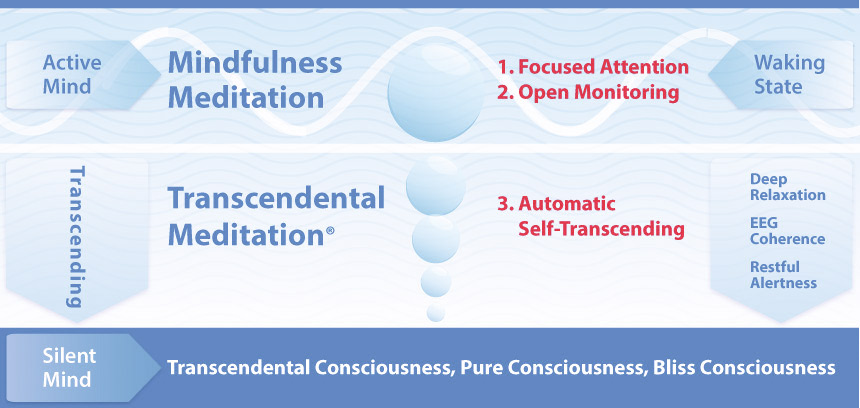
Three Types of Meditation. Focused Attention and Open Monitoring are placed at the top of the chart because they operate at the active level of the mind and require some degree of mental effort. The Transcendental Meditation technique, or Automatic Self-Transcending, allows the mind to effortlessly and spontaneously settle down to quieter, subtler levels to experience the silent mind, the fourth state of consciousness, Transcendental Consciousness. Adapted from Consciousness and Cognition 2010 19(4):1110–18.3
The TM technique is different from these two meditation types and falls under the category of Automatic Self-Transcending. In TM practice, the effortless use of the mantra allows the mind and body to settle automatically into a neurophysiological condition of deep rest, inner wakefulness, and enhanced brain wave coherence. TM practice is associated with alpha brain waves (8–10 Hz), which occur when a person is relaxed, with eyes closed, without being asleep; there is inner awareness and wakefulness but no focus on a task. From the standpoint of objective measurement, we know that the TM technique does not involve concentration because it produces alpha rather than beta waves (13–20 Hz) or gamma waves, which are associated with concentrating and focusing.
The alpha waves during TM practice indicate that a person is awake inside, not concentrating, yet not asleep. This is a unique state called restful alertness. The characteristics of this state of restful alertness are different from those of waking, dreaming, or sleep states of consciousness, and constitute a fourth state called Transcendental Consciousness. The alpha EEG indicates that a person is experiencing inner wakefulness, while physiological changes, such as slowing of the breath and reduced stress hormones, show that this is a state of deep relaxation and rejuvenation of the body. In fact, the physiology of TM practice is in the opposite direction of that produced during anxiety.4,5
TM practice is associated with alpha brain waves (8–10 Hz), which occur when a person is relaxed, with eyes closed, without being asleep; there is inner awareness and wakefulness but no focus on a task.
Does thinking the mantra involve “focused attention”?
In the TM technique, we don’t use the mantra with focus or control. The mantra is the vehicle for the mind to settle down effortlessly and spontaneously because the subtler levels of the mind are more charming, more blissful, and the mind is automatically drawn there. TM practice works on the principle that the natural tendency of the mind is to be drawn automatically to a field of greater charm, in the direction of bliss, which is the nature of transcendental pure consciousness.
We also know from the EEG that TM practice does not involve focused attention because it does not produce beta and gamma brain waves, which are the correlates of focusing. The alpha EEG associated with the TM technique indicates a mind that is very restful but awake. (See table below.)

This table outlines the functions of different EEG frequencies and their brain-wave signatures. Adapted from Trends in Neurosciences 30, no. 4 (2007): 150–58; Neuroscience and Biobehavioral Reviews 32, no. 5 (2008): 1001–13.6,7
OK, now I see how the effortlessness of TM practice is different from the focused attention of mindfulness. But sometimes when I meditate, it feels easier than other times. Why is that, and what should I do?
If your TM practice doesn’t feel easy and effortless, some effort may have crept into the process, so it’s a good idea to contact your TM instructor or your local TM Center to set up a Personal Checking appointment.
Your question also raises another very important point: Our subjective experiences during TM sessions may differ, based on the condition of our nervous system at the time we sit to meditate. For example, if you don’t get as much sleep as usual at night, you may feel drowsy during your morning TM practice as your body catches up.
During the state of restful alertness produced by TM practice, your body takes the opportunity to normalize stresses and grow in integration, in whatever way is needed at the time. The wisdom of the body is that it has intrinsic self-repair systems for almost every occasion; they detect imbalances and launch mechanisms for repair. What the TM technique adds is a unique kind of coherent rest that allows the body to self-heal with a high degree of efficiency.
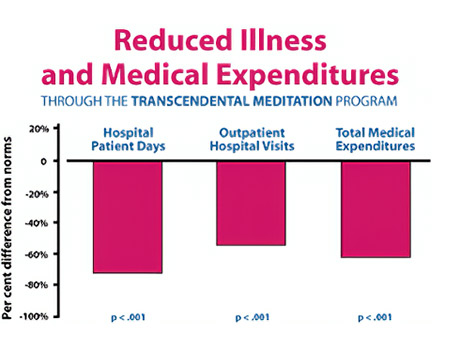
A study of medical utilization and expenditures found that those who participated in the Maharishi Consciousness-Based Health CareSM program, which includes practice of the TM technique, showed greatly reduced hospital stays, outpatient hospital visits, and overall medical expenditures in comparison to norms. Reference: The American Journal of Managed Care 3: 135–144, 1997.9
Sleeping and dreaming are our usual periods of self-repair and rejuvenation; the TM technique adds a third engine on the train, which provides healing beyond what sleep and dreaming can accomplish. For example, in a study of health insurance statistics on 2,000 meditators over a five-year period, I found that TM practitioners had reduced hospitalization, doctor visits, and medical cost by half compared to the control group of normative data.8,9
Of course, all the subjects in both groups had the usual periods of sleep and dreaming. But the group that also had TM showed an amazing reduction in sickness rates. Why? Because twice each day they had the additional period of restful alertness that allowed further rejuvenation.
And by the way, taking a nap does not offer the same benefits as TM does. There is something unique about the state of restful alertness: it is coherent. If the different systems of the body need to normalize and rebalance, it makes sense that they would be able to do so in a more coherent way if they are in good communication with each other. That is what coherence means.
What TM practice does is provide a unique kind of coherent rest that allows the body to self-heal with a high degree of efficiency.
I want to make sure I’m getting the maximum from my meditations. Are there other things I could do to get more out of my TM practice?
You could also attend a Group Meditation or TM Refresher Course to “tune-up” your TM practice. These follow-up services are free and part of your life-time support once you’ve taken the TM course with a Certified TM Teacher. To find your local TM Center, visit EnjoyTM.org.

Personal TM Checking is available at your local TM Center
Another popular support program is TM Connect, with Bob Roth, CEO of the David Lynch Foundation. Thousands of TM meditators connect each day online via Zoom for a Group Meditation, plus insights from Bob about TM practice and tips for balance in life. See “Strengthen Your TM Practice with TM Connect” for the schedule and connection details.
And by the way, meditating together is the best thing we can do to increase coherence at the level of society as a whole. Extensive research has shown that when large numbers meditate together in a group, it reduces crime rate, improves the quality of life, and even reduces terrorism—but that’s a whole other story! To learn more, see “Can My TM Practice Help Create a More Peaceful World?”
These follow-up services are free and part of your life-time support once you’ve taken the TM course with a Certified TM Teacher.
It’s clear to me now that TM practice doesn’t involve focused attention, but how does it differ from the other kind of mindfulness you mentioned, open monitoring?
Open monitoring is actually another kind of focused attention. In focused attention meditations, practitioners hold their attention on a single object or process, while in open monitoring they direct their attention to a changing process, such as the stream of inner thoughts.
The EEG brain waves associated with open monitoring, theta (4–7 Hz), are what you see when attention is focused inward. For example, if you ask people to solve a mental arithmetic problem, their brains will show theta EEG. That frequency is part of a process of inhibiting sensory input from bothering you while you are focusing on inner thoughts.
In open monitoring meditations, the mind is held on inner thought processes, with the intention to be nonjudgmental if some unpleasant thought arises. TM instructors report that many TM students who previously practiced mindfulness often say that the TM technique is much easier and simpler to practice.
Many students who previously practiced mindfulness often say that the TM technique is much easier and simpler to practice.
Isn’t it a good thing to have the ability to focus your attention and concentrate on what you’re doing?
Yes, paying attention is very important. It is what connects us to the world for successful behavior. When we are drowsy and tired, the ability to pay attention deteriorates, and we make mistakes, miss the ball, don’t comprehend what the teacher just said, etc.
As mentioned earlier, the TM technique provides a special kind of rest that is not achieved during sleeping and dreaming. This unique state of restful alertness is very effective in improving our attention, as well as our health. When we are well rested, paying attention is easy and natural; when we are tired, it is much more difficult.
The TM technique even improves the ability to concentrate among students who have Attention Deficit Hyperactivity Disorder (ADHD).10,11 When these students added TM practice to their daily routine, their brain waves became more normal, and their attention improved.
The alpha EEG produced during TM practice is coherent, which means that the different areas of the cerebral cortex are communicating and working together, like a well-trained team. Research shows that this alpha coherence during TM is correlated with a wide range of cognitive abilities, such as improved attention, increased intelligence, and improved grade point average, which all reflect an increased ability to focus attention. (See figure below.)
The TM technique provides a special kind of rest that is not achieved during sleeping and dreaming. This unique state of restful alertness is very effective in improving our attention, as well as our health.
It sounds like mindfulness meditations encourage being more accepting and in the moment. Aren’t these good things as well?
Yes, greater clarity in understanding and accepting oneself and one’s circumstances are beneficial for our growth and success. The important point is that with the TM program, we’re not trying to produce particular results either during or after meditation. We simply meditate regularly, twice a day, and positive characteristics such as these are a natural and spontaneous result of reduced stress and increased brain wave coherence.
The figure below illustrates how the increased alpha coherence during the TM technique is associated with a range of emotional and psychological benefits, such as decreased neuroticism and increased emotional stability, in addition to improved cognitive abilities.

Benefits of Coherent Brain Functioning. This figure illustrates the results from many TM studies, showing the wide range of cognitive and emotional benefits produced by the increased alpha EEG coherence during TM practice. (Note: The p-value is the probability that the observed relationship occurred by chance; the smaller the p-value, the stronger the association.)
As you have experienced, TM practice has been shown to decrease anxiety, both trait anxiety (attributable to personality) and state anxiety (in response to circumstantial triggers). Feeling anxious, whatever the cause, makes being accepting and present much more difficult.
TM meditators also show greater self-awareness and increased moral reasoning, which allow them to be responsive to present circumstances in ways that are constructive for themselves and others.
Now I understand the differences between mindfulness-based approaches and the TM technique, and that there are no unwanted effects from TM. What about the long-term effects of TM practice—are these positive as well?
The effects and benefits of TM practice have been shown to be cumulative, increasing over time. Several studies have shown that regular TM practice is associated with increased functionality. For example, the recommended twice-a-day TM practice produces greater benefits than once-a-day practice on increasing autonomic stability,12,13 intelligence,14,15 and resilience,16 and on decreasing neuroticism,14,15 PTSD symptoms,17 and heart attacks, strokes, and death.18

Students at Maharishi International University, Fairfield, Iowa, where everyone practices the TM technique
The cumulative effects of TM practice have also been tracked in long-term studies. A 10-year study of post-graduate TM practitioners from Maharishi International University found an unprecedented growth of ego development (holistic personality development) and moral reasoning, compared to graduates from four other universities who did not practice the TM technique.19
An 11-year study on medical care utilization statistics found a 74 percent reduction in hospital days compared to normative data.20 And in a group of maximum security inmates in Folsom Prison in California who learned the TM technique, a 15-year follow-up found a 43.5 percent reduction in new prison terms after their release, compared to matched controls.21
A 20-year follow-up study of heart patients over 55 years old who participated in randomized controlled trials on hypertension found that those who learned TM during the study had a risk ratio of .77 (p < .04) compared to controls. What this means is that the TM meditators’ risk of dying in a given year was 23 percent lower than the controls, who had learned a relaxation technique or received health education during the blood pressure trials.22
Settling into restful alertness on a regular basis with the TM technique allows the body to get rid of stress before it builds up and becomes chronic, and triggers the intrinsic self-healing mechanisms of the body to detect and normalize any imbalances. We can tell this is happening by the many positive effects of regular TM practice over time.
Settling into restful alertness on a regular basis with the TM technique allows the body to get rid of stress before it builds up and becomes chronic, and triggers the intrinsic self-healing mechanisms of the body to detect and normalize any imbalances.
David Orme-Johnson, Ph.D., is one of the principal researchers on the Transcendental Meditation technique worldwide, with over 100 publications in peer-reviewed journals. He served as Director of Research of the International Center for Scientific Research and Vice Chancellor of Maharishi European Research University. At Maharishi International University, Dr. Orme-Johnson was Head of the Psychology Department, Director of the Doctoral Program in Psychology, Co-Director of the Ph.D. program in the Physiology of Human Consciousness, and Dean of Research. He has presented TM research in more than 56 countries around the world, for scientific conferences, high-ranking government officials, and the United Nations.
References

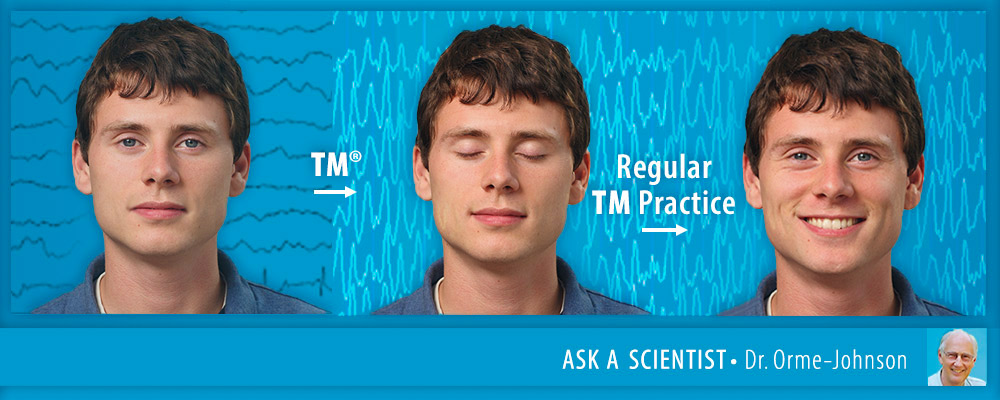
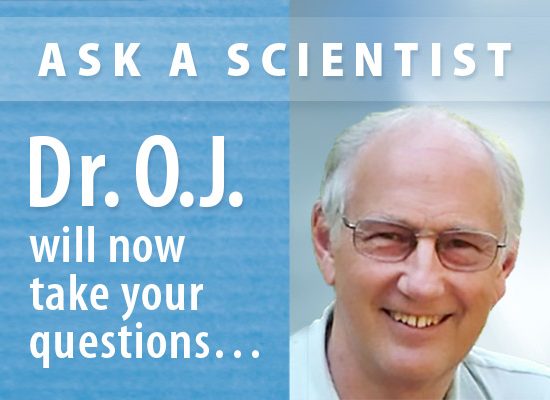

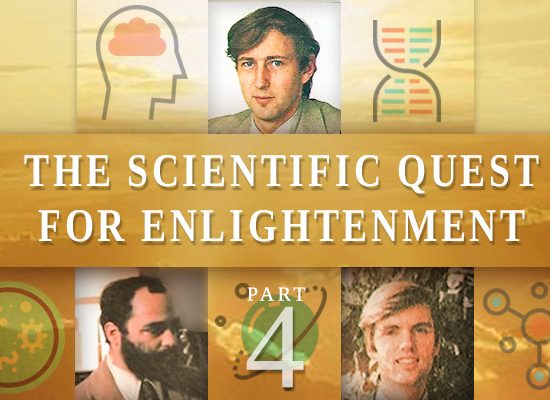
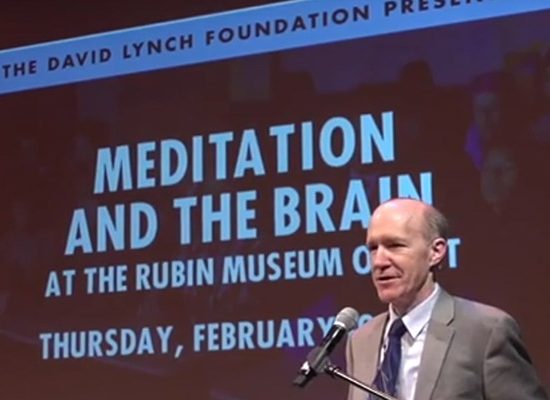
Brilliant! Every certified TM instructor should know this material COLD! Let’s post it on social media so that TMers and non-TMers can see how TM compares with other meditations.
I learned TM in Fairfield Iowa 23 years ago. Would they offer a free refresh course? Terry Freund
Hi Terrol, Yes, once you take the TM course, you can take a TM refresher course at an U.S. TM Center. Whether you still live in Fairfield or have moved elsewhere, just contact the local TM Center for when the next TM refresher course will be held. Find your closest Center and contact info here: https://enjoy.tm.org/find-your-tm-center
My simple experience is that mindfulness is something to try to do, whereas TM gives me mindfulness naturally.
Thank you for this comment and insight, Satyam!